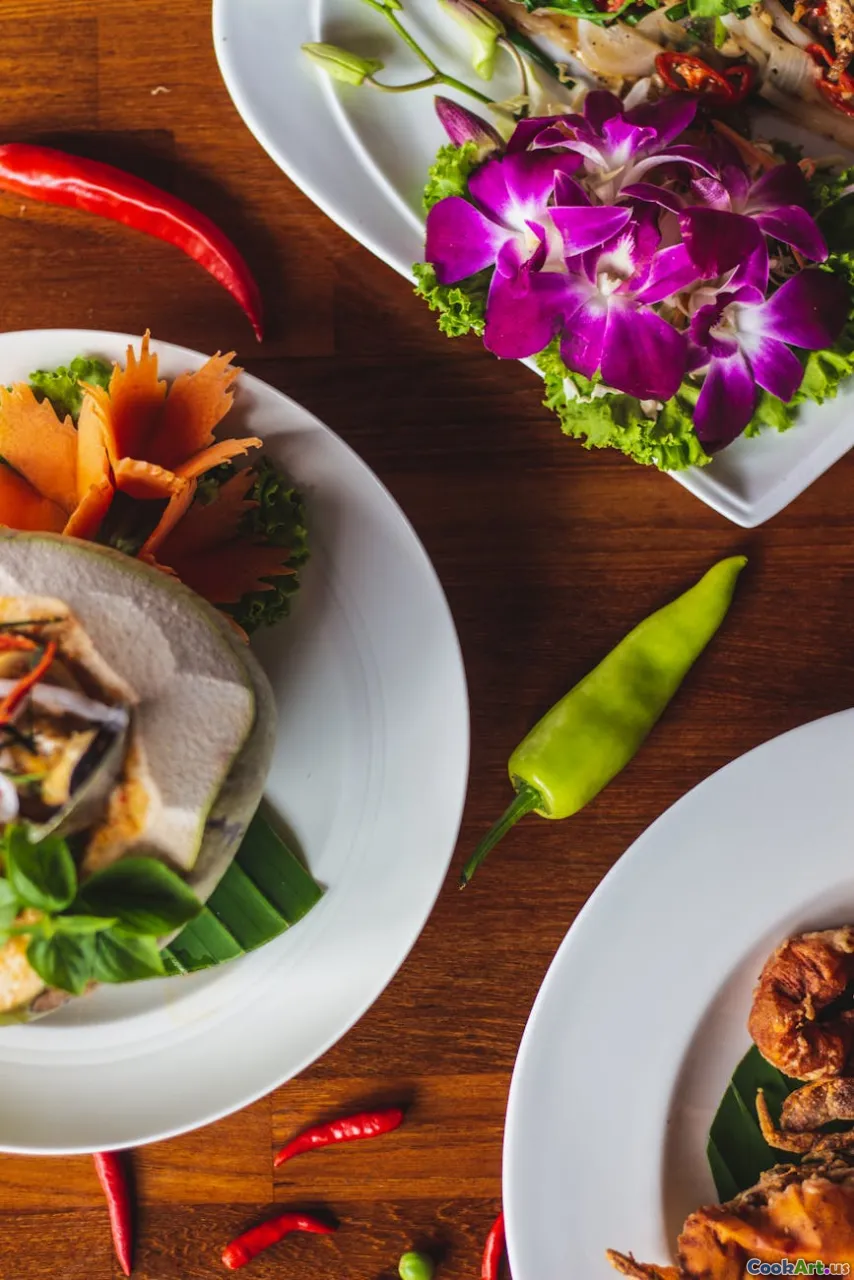Modern Takes on Traditional Recipes
5 min read Discover innovative interpretations of beloved traditional recipes that blend cultures and modern cooking techniques. April 12, 2025 19:01
Modern Takes on Traditional Recipes
In today's culinary world, the lines between traditional and modern recipes are blurring, creating a vibrant landscape of fusion and innovation. Chefs and home cooks alike are exploring creative ways to reinterpret beloved dishes, combining flavors and techniques from around the globe. This article delves into how modern takes on traditional recipes are not only refreshing our palates but also preserving cultural heritage.
The Essence of Tradition
Traditional recipes often tell stories of culture, history, and regional ingredients. They are passed down through generations, carrying the wisdom of those who prepared them. For instance, Italy's classic Risotto alla Milanese is not just a dish; it’s a reflection of Northern Italy's agricultural heritage, showcasing local saffron and Arborio rice.
However, as culinary globalization continues to expand, the question arises: How can we honor these traditions while embracing modernity? The answer lies in innovative adaptations that respect the roots of the dish while allowing for personal expression.
Embracing Fusion: A Culinary Perspective
Fusion cooking is often viewed with skepticism, particularly by purists who believe that traditional recipes should remain untouched. Nevertheless, when done thoughtfully, fusion can elevate a dish, introducing new flavors and techniques without losing its essence.
Take, for example, the classic Taco from Mexico. Chefs today are experimenting with fillings and shells, incorporating ingredients like Korean BBQ beef or sushi-grade fish, served in a seaweed taco shell. This not only introduces diners to new flavor combinations but also encourages cross-cultural culinary dialogue.
Innovative Techniques in Modern Cooking
The rise of technology in the kitchen has also transformed how we approach traditional recipes. Techniques such as sous-vide cooking, molecular gastronomy, and even plant-based alternatives have opened avenues for culinary creativity.
For instance, a traditional Beef Wellington can be reimagined using sous-vide cooking for the perfect doneness, while incorporating a vegan mushroom duxelles instead of beef. This modernized version appeals to a wider audience while still paying homage to the original dish.
Ingredients Reimagined
Another exciting aspect of modern adaptations is the re-evaluation of ingredients. Chefs are now looking beyond local markets to source spices and produce that were previously unavailable. Imagine a Biryani, traditionally laden with rich spices and meat, reinterpreted with quinoa and seasonal vegetables, topped with a zesty lemon yogurt sauce. This reflects contemporary dietary preferences while still delivering the aromatic comfort of the original.
Presentation: The Art of the Plate
In the realm of modern cooking, presentation has become as important as flavor. The visual appeal of a dish can significantly enhance the dining experience. Traditional recipes are being plated with artistic flair, using techniques like stacking, drizzling, and garnishing with microgreens or edible flowers. A classic French Onion Soup can be transformed with a delicate foam topping and served in a deconstructed style, enticing diners with both taste and aesthetics.
Conclusion: A Culinary Future
As we continue to experiment and innovate in the kitchen, the marriage of traditional recipes with modern techniques and ingredients will likely evolve. These modern takes not only honor the cultural significance of traditional dishes but also pave the way for new culinary traditions to emerge.
Whether you are a seasoned chef or a home cook, embracing modern interpretations of traditional recipes can lead to delightful discoveries. So, the next time you reach for a beloved recipe, consider how you might add your own twist—after all, the journey of flavor is as rich as the history behind it.









